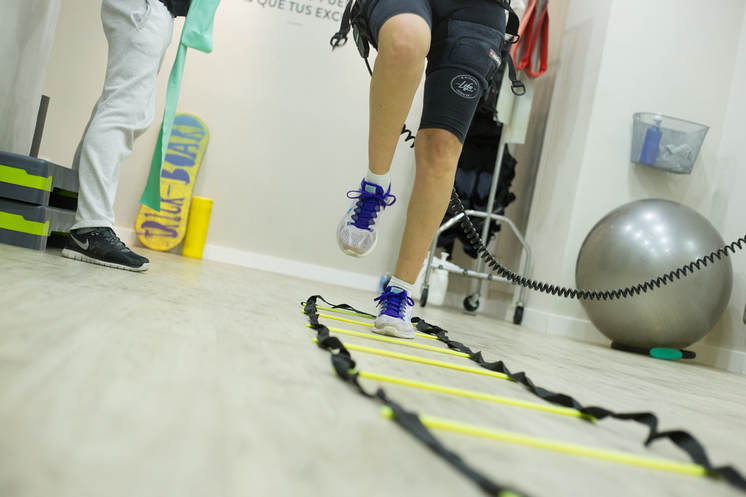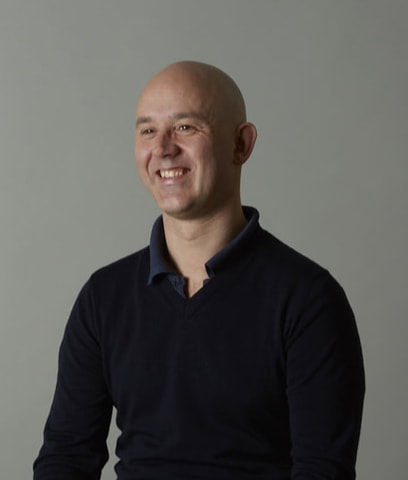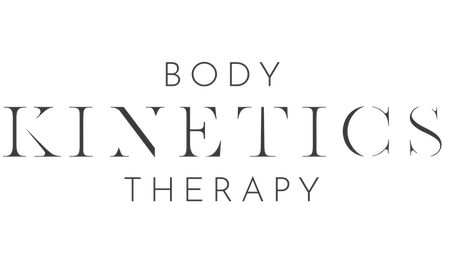|
Anyone who practices Bowen has to get used people asking what on earth Bowen is as it is far from being as well known in the UK. This first answer often leads to a second layer of questions, which boil down to what the difference between Bowen, osteopathy, physiotherapy and chiropractic is. There are two things to flag before answering: first, the work of excellent therapists working with the body from all backgrounds can look and especially sound quite similar. This is because (second caveat) it is ultimately the skill of the therapist and not the name of their style which matters. Regulation does not (and never will) stop there being good and bad practitioners in every style. What is Physiotherapy? Growing out of early C20 physical rehabilitation work, physiotherapy is the approach to physical therapy which is historically established within the NHS. Physios thus have exclusive right to call themselves by the title Physiotherapists or Physical Therapists (even though there are many other people doing physical therapy). They typically offer:
Physio treatment encompasses everything from stroke and post-operative rehab to working with sports injuries. Training and style differs from country to country, so someone trained in Australia or Canada may work differently to a British trained therapist. Summary Key Idea: Rehabilitative improvement of the mechanical function of your body. Techniques Used: wellbeing advice, corrective exercise, manual therapy (massage, ultra sound etc) Session Length: first session 30- 60 minutes, ongoing shorter (often 30 minutes). What is Osteopathy? The first osteopathic training centre opened in 1892 and the approach is based on the idea that correct muscular-skeletal structure will promote optimal health. Since 1993 osteopathy has been regulated and can be available on the NHS. The original philosophy of osteopathy is to give structural corrections, specifically of bone and soft tissue, using a wide variety of manual techniques so that the blood can circulate unhindered. Osteopathy has been evolving over its 120 year history, and many osteopaths now use corrective exercise and have adopted an understanding of their work which can be quite hard to distinguish from a physiotherapist. Summary Key Idea: correction of physical structure leads to better blood circulation and better overall health. Techniques Used: many different types of manual therapy (including soft tissue and sometimes velocity manipulations or “crunches”), advice, sometimes corrective exercise. Session Length: Longer initial appointment then often 30-45 mins ongoing.
What is Bowen?
Tom Bowen saw himself as part of the osteopathic tradition, and the philosophy behind his work is similar to both classic osteopathy and chiropractic. What is very different is how he worked to get his results. The mechanism of Bowen is probably neurological, using brief corrections followed by periods of rest. To the best of our understanding these movements, and the breaks which follow them, effect the nervous system through the superficial touch receptors in the connective tissue under the skin. Summary Key Idea: Neurological stimulation leading to muscular-skeletal, proprioceptive or endocrinal change. Techniques Used: joint mobilisation, the Bowen Move, holding points. Average Session Length: Initial and ongoing sessions 30-60 minutes (depending on several factors).
0 Comments
Leave a Reply. |
AuthorBody Kinetics Therapy currently offers Sharon Wheeler's Fascial Work for physical trauma and Bowen Technique for neuromuscular pain in Shepherd's Bush, W6, Primrose Hill NW1 and Finsbury Park, London N4. Archives
September 2022
Categories |
Website design: InterKnowledge. Original photography: Beth Evans. Logo design: Josh Olins. Copyright © Body Kinetics Therapy 2018. Privacy and Data Protection. Legal.




 RSS Feed
RSS Feed
